When we try to talk – or write – about the products manufactured by the metalworking industry and used by the canning industry, a question often arises. What noun should be used to designate them? Can? Boat? Packaging? It is usual to use any of them interchangeably. Does this mean that the three are synonymous?
To answer this question it is best to consult a thesaurus. We have taken the Dictionary of synonyms and antonyms “Espasa” (Espasa Calpe 2001) which says about these three nouns, plus “packing”. which we have included because it is closely related to the previous ones.
TIN: Synonyms: tinplate, sheet metal, tin can.
BOTE: Synonyms: jar, pot, can.
PACKAGING: Synonyms: container, packaging, case.
PACKING: Synonyms: packed, box, bundle, bundle, bundle.
According to this, can is synonymous with can and vice versa, while container is related to packaging but not to can and can. It seems therefore that it is correct to use the words can or canister interchangeably but not container.
We have reached this conclusion in a rather simplistic way. We have not checked how language experts define each of these words. Therefore, it would be better to consult an official dictionary. The Diccionario de la Lengua de la Real Academia Española, 22nd edition (2001) specifies:
TIN: 1st meaning: familiarly, tinplate.
2nd meaning: Container made of tinplate.
HOJALATA: (From sheet of tin). Sheet of iron or steel tinned on both sides.
BOTE: 2nd meaning: A small container, usually cylindrical, used to store medicines, oils, ointments, tobacco, preserves, etc.
PACKAGING: 2nd meaning: Container or vessel in which certain goods are preserved and transported .
3rd meaning: That which wraps or contains articles of commerce or other effects to preserve or transport them.
PACKING: 2nd meaning: Box or cover with which objects to be transported are protected.
In view of them, things become more complicated and not so clear, or rather, the concepts that define the three words are clearly intermingled. The can is a container made of tinplate. In other words, the can is a particular case of a container. On the other hand, jar and container are the same thing: jar is a container…used to keep…preserves...and container is a container…in which…goods are kept, that is to say both are containers to keep preserves or to conserve. Therefore, we would conclude that a can is a specific case of the generic jar or container . That is to say, linguistically speaking, when we refer to a tin container that contains a can, we should use the word can.
Has this always been the case? If we go back to a century or so ago, we will find certain differences. Thus, for example, the Diccionario ilustrado de la lengua española “Aristos” (1937) defines them as follows
:
TIN: 2nd meaning: leaf of the can (no mention of its use as a container)
BOTE: 2nd meaning: vessel.
ENVASE: 2nd meaning: Container or vessel in which certain things are kept or transported.
PACKING: 2 meanings: Box, cover or wrapping of objects to be transported.
That is to say, can and container were already presented as two clear synonyms, but their relationship with can was not so evident. The close relationship between tin and tinplate did exist. So much so that we could affirm that since ancient times, cans have been containers made from tin foil and not from any other material.
We can now do the opposite exercise: Consult two modern encyclopedias whose use is very widespread, especially among young people:
A.-Wikipedia virtual encyclopedia (Spanish version). It is a free encyclopedia, which can be corrected by anyone and is therefore very polished in its contents. It says
CANS: Generically, any metal container is called a can. The can is an opaque and resistant container that is suitable for packaging liquids and preserved products. The most common manufacturing materials are tinplate and aluminium.
BOTE: There is no meaning linked to the use we are dealing with.
PACKAGING: A package is a product that can be manufactured in a great quantity of materials and that serves to contain, protect, manipulate, distribute and present merchandise in any phase of its productive process, distribution or sale.
PACKAGING: Packaging or better known in the world of Marketing as Packaging, is the container or wrapper used to group and transport products. Other functions of the packaging are to protect the content, to inform about its handling conditions, legal requirements, composition, ingredients, etc. and to promote the product by means of graphics. In the store, packaging can help sell merchandise through its graphic and structural design.
In this case it can be seen as three different levels;
1º.- Tin as a metallic container, whether it is made of tinplate or aluminium, that is to say, it broadens the possibility of using the raw material. The word boat is excluded
2º.- Packaging includes any type of raw material for its manufacture.
3º – Packaging is understood as something voluminous, such as the protection of a grouping or set of containers.
These concepts are very much in line with what is interpreted in everyday life.
B.-Microsoft® Encarta® Encyclopedia 2002. © 1993-2001 Microsoft Corporation
This virtual encyclopedia also defines them as follows.
TIN: 2nd meaning: Tinplate.
3rd meaning: Tinplate container. (Example: one
can
of oil).
BOTE: 2nd meaning: Small vessel, generally cylindrical.
PACKAGING: 3rd meaning: Container in which certain goods are preserved and transported .
4th meaning: Anything that wraps or contains articles of commerce for preserving or transporting them: ~ non-returnable, that which can be thrown away because it is not redeemable for its value .
PACKING: 3rd meaning: Cover with which objects to be transported are protected .
Return to the concept of the can as a tincan only. The concept of can and container are similar. It maintains Wikipedia’s criterion of keeping the three levels already referred to between can, container and packaging.
Summing up all that has been said, we could say that in order to speak properly at the present time we should:
1º.- To use the word tin to name containers made exclusively with tinplate.
2º.- Use the word can for metallic containers(tinplate and aluminium).
3º.- Packaging for any type of container in general (metallic, glass, plastic, cardboard…). If it is used with the adjective metal (metal container) we reduce its field of use and it is equivalent to can.
4º.- Packaging for the protection of an orderly grouping of packages.
In any case, language, spoken or written, is made by people and they are carried away by habits and customs. In the times we live in, the habit of indiscriminately using any of the three nouns(can, can and container) is very deeply rooted and will surely continue to be used in this way.

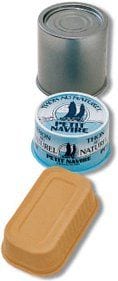
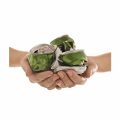
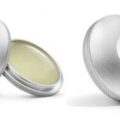

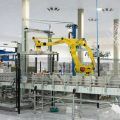



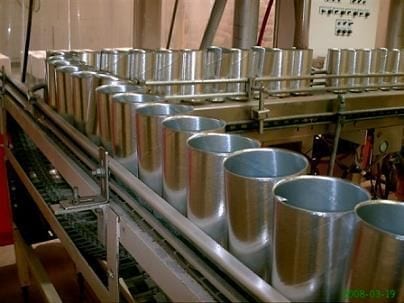
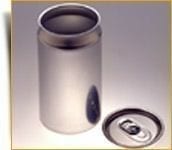
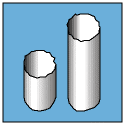
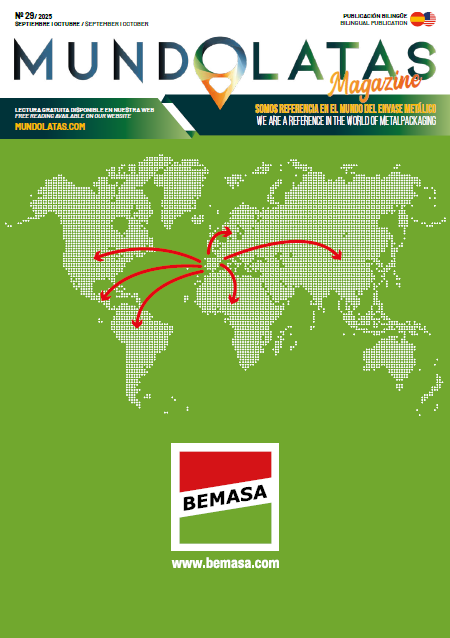


0 Comments